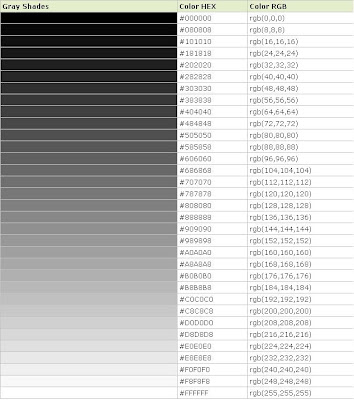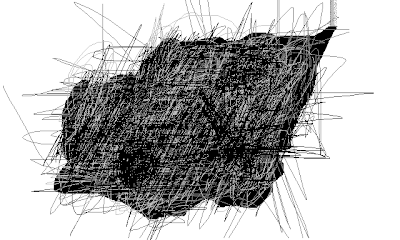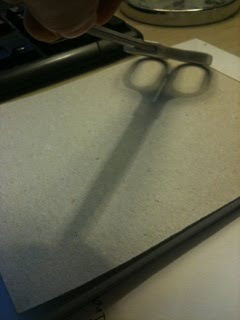 http://en.wikipedia.org/wiki/Web_colors
http://en.wikipedia.org/wiki/Web_colorsYoon: In Processing, "#" should be changed in format of "zero-x" E.G., #00ff00 can be 0x00ff00


 Yoon: I just copied the codes and pasted into a new sketch. But the original itself is a bit too rough to be used as it is. First of all, my room isn't as bright as I expected that there may be some interference from ambient lights. Secondly, the output image is pixelated which may not give clear border to judge blob areas. Thirdly, the red rectangulars are not necessary and the colour of edge (light green) is not suitable. So I added some codes from another open source which to make the quality of image better, removed red straight lines and tested changing the colour of edges.
Yoon: I just copied the codes and pasted into a new sketch. But the original itself is a bit too rough to be used as it is. First of all, my room isn't as bright as I expected that there may be some interference from ambient lights. Secondly, the output image is pixelated which may not give clear border to judge blob areas. Thirdly, the red rectangulars are not necessary and the colour of edge (light green) is not suitable. So I added some codes from another open source which to make the quality of image better, removed red straight lines and tested changing the colour of edges.







Abstract:
To them, I said, the truth would be literally nothing but the shadows of the images.
- Plato, The Republic
: Shadow art is a unique form of sculptural art where the 2D shadows cast by a 3D sculpture are essential for the artistic effect. We introduce computational tools for the creation of shadow art and propose a design process where the user can directly specify the desired shadows by providing a set of binary images and corresponding projection information. Since multiple shadow images often contradict each other, we present a geometric optimization that computes a 3D shadow volume whose shadows best approximate the provided input images. Our analysis shows that this optimization is essential for obtaining physically realizable 3D sculptures. The resulting shadow volume can then be modified with a set of interactive editing tools that automatically respect the often intricate shadow constraints. We demonstrate the potential of our system with a number of complex 3D shadow art sculptures that go beyond what is seen in contemporary art pieces.

Feedback - case study from onedotzero on Vimeo.




#4 - Sound effect production
#5 - Proto shadow animation test #1
[The Truth]
Yoon: The shadow is fake. It shows how it will be working after linking all the Puredata or Arduino stuff. I produced animation (shadow) in Flash and I stand the scissors vertically that the real shadow is hidden. This animation-test is only to see how the fake shadow will look in a simulated environment.
Post tutorial
The idea was not bad. The tactile animation instalation will be great in the show if there;
is an interesting story behind the installation. (do not make your art boring)
is a great research backing up the scenario. (something meaningful)
is a bit more complexity on the table. (more functions)
So,
I guess this means that I got the agreement.
hoooray.
Helpful Sourses
sifteo.com - siftables
alumini.media.mit.edu/
scenocosme.com
modusarts.org/
"puredata"